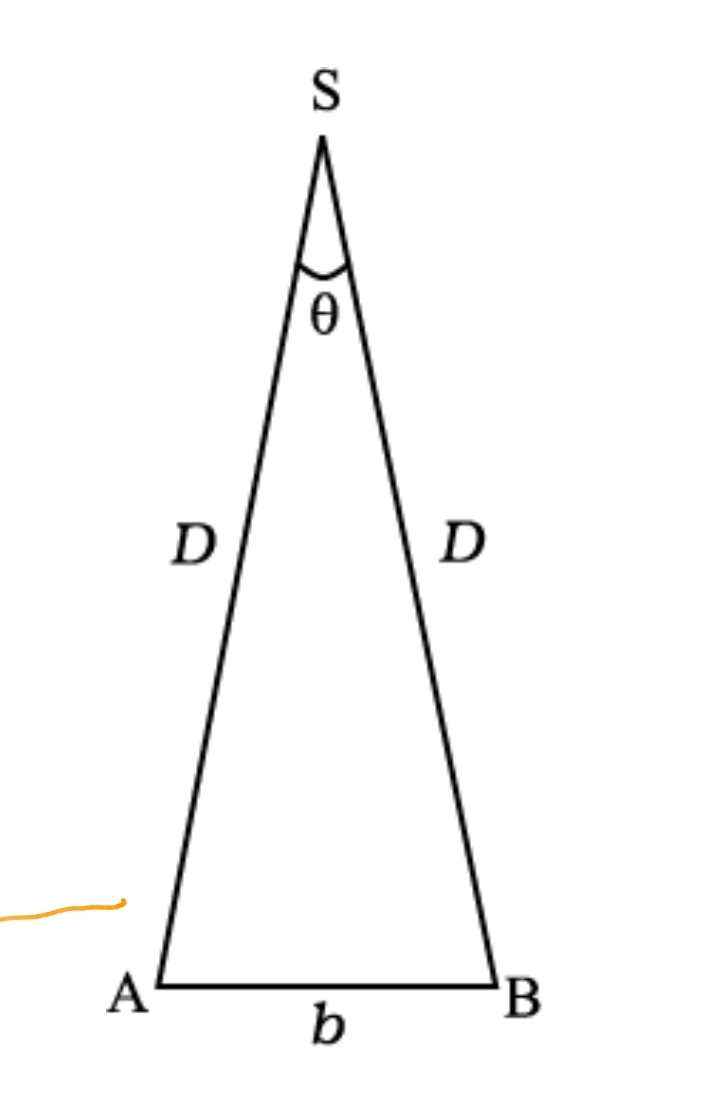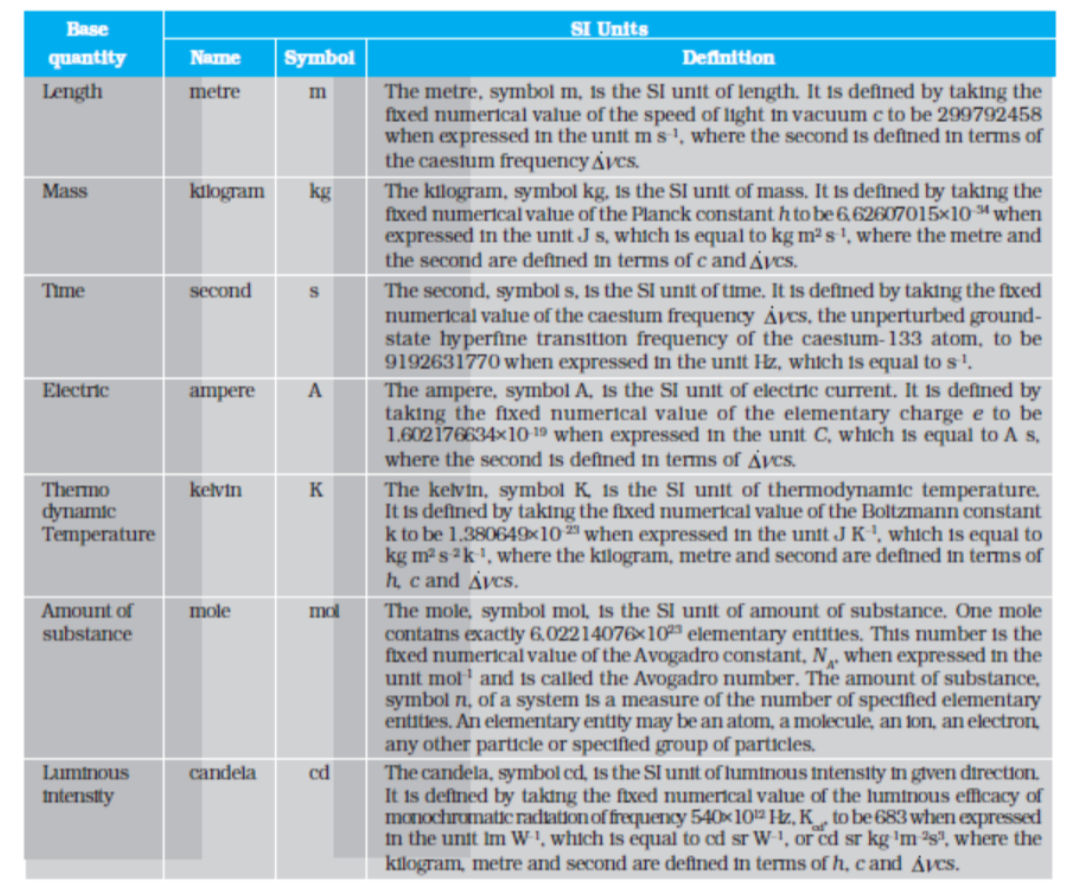Free Online Materials For Those Students Who Need Substitute Classes For Physics, Chemistry and Mathematics !
Thursday, June 15, 2023
Measurement of Length
Tuesday, June 13, 2023
The International System of Units
Sunday, March 26, 2023
Coulomb’s Law
Sunday, March 19, 2023
Basic Properties of Electric Charge
Saturday, March 11, 2023
Mathematics MCQ Class 12
Thursday, March 9, 2023
1. Chemical Reactions and Equations
Sunday, October 2, 2022
Circles
In this chapter, you will be studied the following points:
1. A circle is the collection of all points in a plane, which are equidistant from a fixed point in the plane.
2. Equal chords of a circle (or of congruent circles) subtend equal angles at the centre.
3. If the angles subtended by two chords of a circle (or of congruent circles) at the centre (corresponding centres) are equal, the chords are equal.
4. The perpendicular from the centre of a circle to a chord bisects the chord.
5. The line drawn through the centre of a circle to bisect a chord is perpendicular to the chord.
6. There is one and only one circle passing through three non-collinear points.
7. Equal chords of a circle (or of congruent circles) are equidistant from the centre (or corresponding centres).
8. Chords equidistant from the centre (or corresponding centres) of a circle (or of congruent circles) are equal.
9. If two arcs of a circle are congruent, then their corresponding chords are equal and conversely if two chords of a circle are equal, then their corresponding arcs (minor, major) are congruent.
10. Congruent arcs of a circle subtend equal angles at the centre.
11. The angle subtended by an arc at the centre is double the angle subtended by it at any point on the remaining part of the circle.
12. Angles in the same segment of a circle are equal.
13. Angle in a semicircle is a right angle.
14. If a line segment joining two points subtends equal angles at two other points lying on the same side of the line containing the line segment, the four points lie on a circle.
15. The sum of either pair of opposite angles of a cyclic quadrilateral is 180⁰.
16. If sum of a pair of opposite angles of a quadrilateral is 1800, the quadrilateral is cyclic.
For details of the above learning points join me on my live class in "YouTube" on every Sunday.
Recently Added
Available Educational Materials
-
"दो समरूप त्रिभुजों के क्षेत्रफलों का अनुपात इनकी संगत भुजाओं के अनुपात के वर्ग के बराबर होता है"। दियाः- दो त्रिभुज क्रमशः ...
-
Slope of a Line A line in a coordinate plane forms two angles with the x-axis, which are supplementary. The angle (say) θ made by the li...
-
Electric Generator Uses and Working Principle Based on the phenomenon of electromagnetic induction, the experiments studied above generate i...
-
Theorem 6.6 Statement "The ratio of the areas of two similar triangles is equal to the square of the ratio of their correspondin...
-
Speed The rate of change of distance per unit time of a moving body is called speed. Speed = distance/time The SI unit of speed is metre...
-
Conservation of Linear Momentum Momentum The product of mass and velocity of a moving body is said to be momentum. It...
-
Chalcolithic Period • The end of the Neolithic period saw the use of metals of which copper was the fi rst. A culture based on the use of ...
-
Chapter 9 Class X Exercise 9.1 Q.No. 1 A circus artist is climbing a 20 m long rope, which is tightly stretched and tied from the...
-
Consider about a circular path of radius r. A body moves from A to B with uniform speed v in time t. The body subtends an angle 𝜃 at the c...
-
Class X Probability Exercise 15.1 Q.No. 1. Complete the following statements: (i) Probability of an event E + Probability of the ev...



